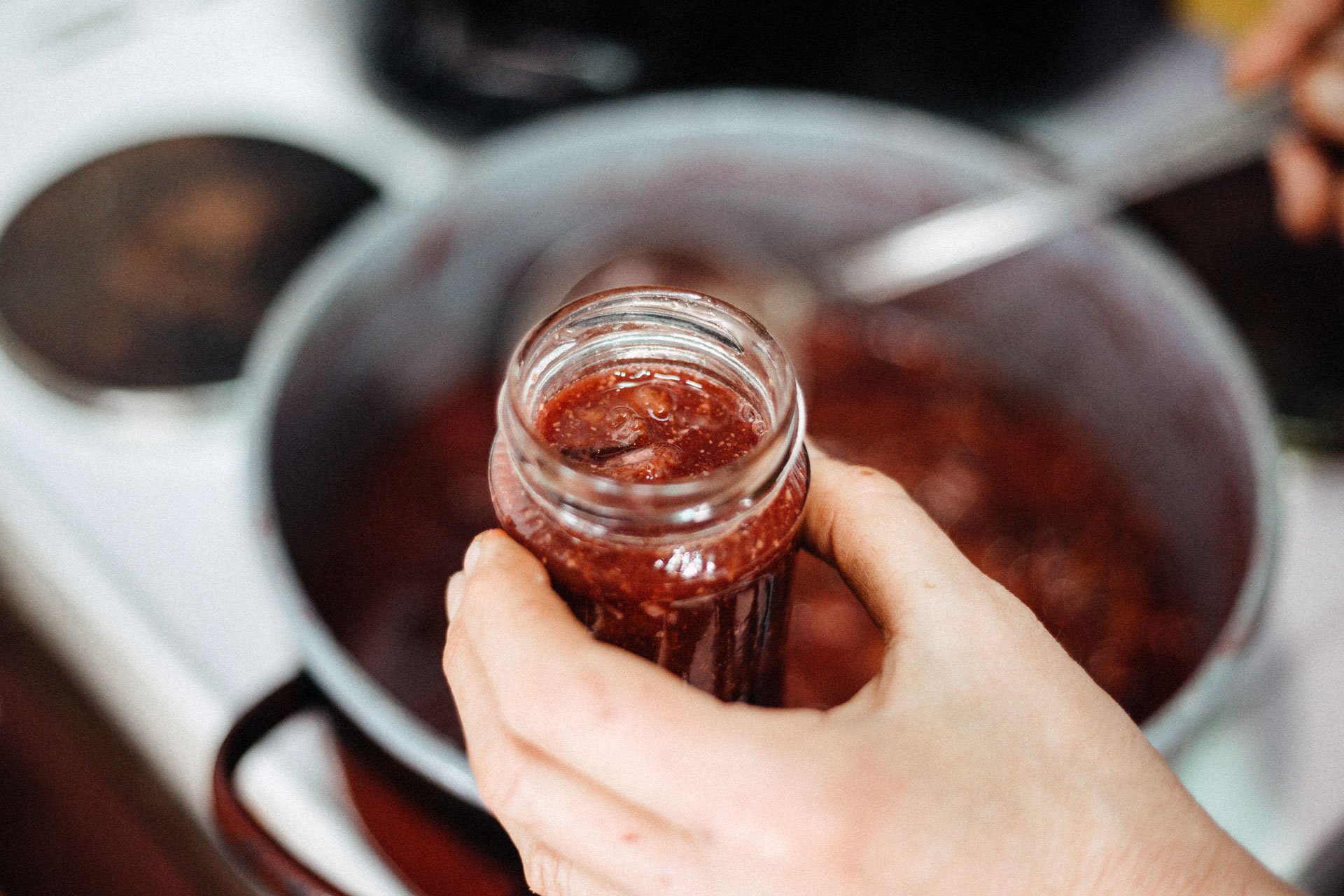Real Food Encyclopedia | Dragon Fruit
Dragon fruit, also called pitaya or pitahaya, is a tropical and subtropical fruit that is produced by several different cactus species. You’ll recognize it by its bright red or purple exterior with scaly spikes and its yellow, purple or white interior flecked with black seeds.
There are two varieties, one more sour and one more sweet. The sour pitaya is found throughout Central and South America. The sweet pitaya varieties — which taste similar to a cross between a kiwi and a pear — include the iconic red skinned, white fleshed fruit as well as the purplish/reddish one that lends its hue to the Instagram-famous smoothie bowls and “superfood” powders.
Did you know?
- Harvesting this fruit is a tricky business! The cacti have thorns, and some yellow dragon fruit have spiky thorns as well. It is advised that you wear gloves while harvesting.
- Dragon fruit is also known as a “strawberry pear.”
What to look for when buying dragon fruit
Unripe dragon fruit is green. For a ripe fruit that is ready to eat, look for red or yellow skin (depending on the variety). The skin should be bright and even colored with no or few dark spots. It should be ever-so-slightly soft to the touch, but not mushy, and the spikes, or “wings” should be starting to turn brown and dry. Of course, you can buy underripe fruit and let it ripen on your counter, but it only ripens slightly after they have been harvested.
Sustainability of dragon fruit
Dragon fruit plants, being cacti, do not require a lot of water. They are susceptible to pest infestation but chemical-free measures, like netting or plastic bagging the fruit, are often effective prophylactics. When shopping for dragon fruit or dragon fruit products, choose organic options to avoid exposure to potentially toxic agricultural applications.
Seasonality
In Hawai’i, South Florida and Southern California, the fruit is available late spring through early fall.
Geography
Pitaya is indigenous to Central and South America and is now cultivated and enjoyed more widely, throughout Southeast Asia, India, Australia, the Caribbean and in the southernmost parts of the U.S. (Southern California, South Florida and Hawai’i). The largest commercial producer of pitaya is Vietnam.
Eating dragon fruit
Storing
Store whole dragon fruit at room temperature, where it will keep for several days. If you’d like to slow its ripening, place the fruit in a plastic bag and store it in the fridge. Once you’ve cut into the fruit, keep any leftovers covered in the fridge.
Cooking
Dragon fruit is mostly enjoyed fresh on its own. It can be used raw in fruit salad or salsa, in smoothies or smoothie bowls and in refreshing drinks (like the Malaysian dragon fruit lemonade). Cooked recipes include a jelly dessert (sort of like Jell-O) or using the fruit in baked goods like cakes, muffins and more.
Preserving
Dragon fruit doesn’t last long after harvesting, so preservation is a great way to extend its life. Making things like dragon fruit preserves, jam and compote are the best way to go since the fruit doesn’t freeze or dehydrate well.
Nutrition and health
Dragon fruit is an excellent source of fiber. It also contains prebiotics, which may help improve digestive health.
Top photo by Mojijung/Adobe Stock.


